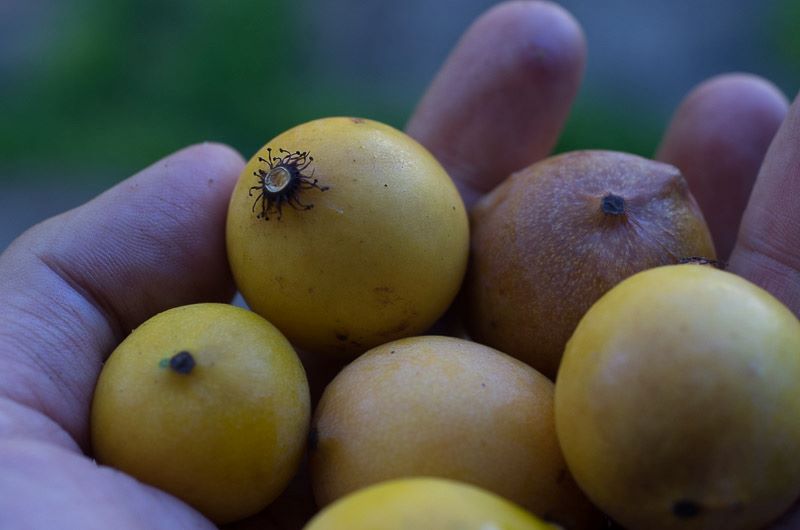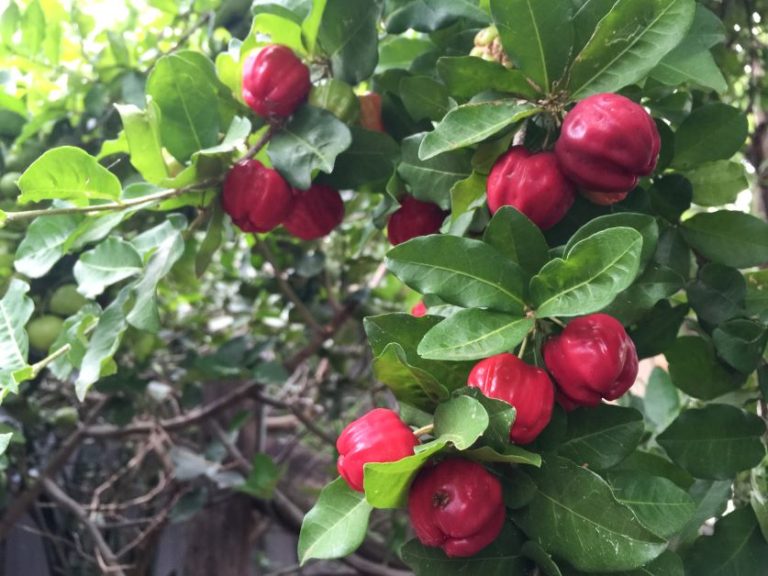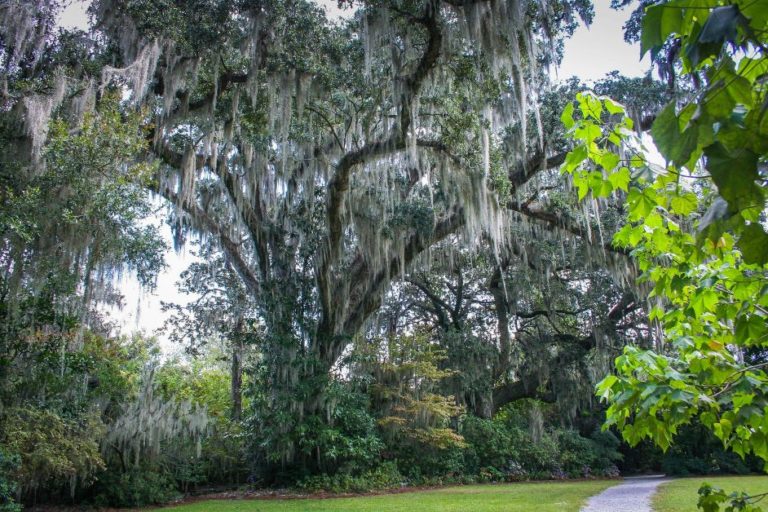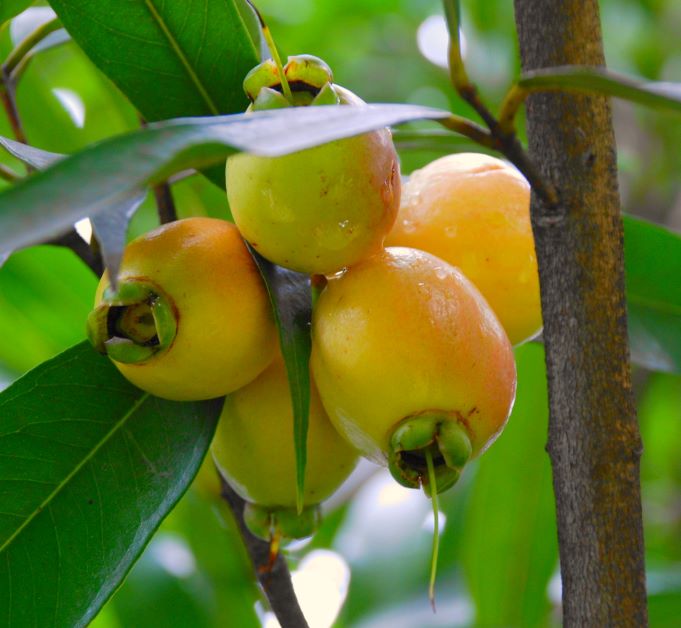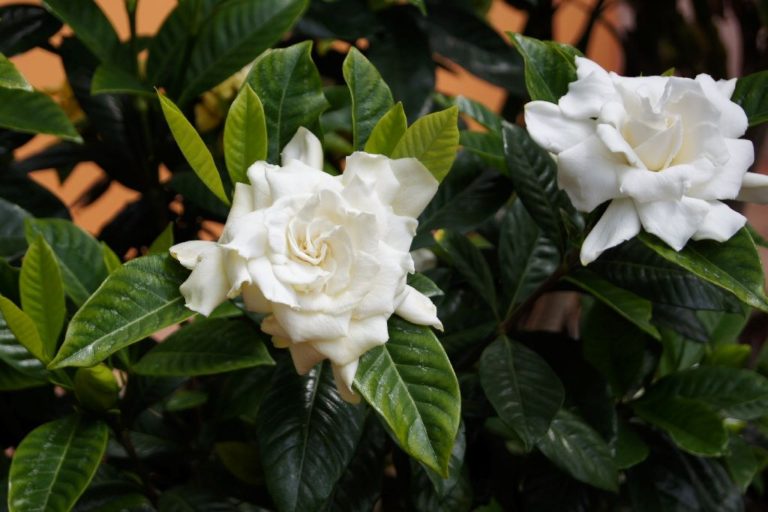How to Grow Achacha Fruit
Unless you live in Australia or Bolivia, I bet you’ve never heard of achacha. If this is a new-to-you fruit, today is your lucky day — achacha is hailed as one of the tastiest tropical fruits in the world. In fact, achacha is so delicious that it’s been nominated for several international produce awards.
This is a rare species so if you want to give achacha a taste, you’ll have to grow this on your own. Fortunately though, as long as you have some patience the achacha tree isn’t hard to grow. From seed to harvest, learn everything you need to know to grow achacha fruit with this comprehensive guide.
What is Achacha?
Achacha (Garcinia humilis, Garcinia sp.), also known as achachairu, is a tropical fruit tree that’s native to Bolivia. In English, achachairu translates to “honey kiss.”
In the last 20 years, commercial farmers in Australia have started to grow achacha, making it one of the more popular exotic fruits down under. In the United States, however, it’s relatively unknown. There is 1 commercial achacha farm in the country, located in Homestead, FL.
The achacha fruit tree is a slow-growing tree that can reach 15 to 20 feet tall and 10 to 15 feet wide. It’s self-fertile, which means you only need 1 achacha tree to produce fruit. When planted from seed, achacha can take 7 to 10 years to produce fruit. Most live achacha trees for sale online will give you fruit within the first 1 to 3 years.
Achacha trees are evergreen with dagger-shaped leaves. Achacha fruit goes from green to yellow to orange to brown as they mature. A perfectly ripe achacha is orange. The fruit is shaped like an egg and is a little smaller than a tennis ball.
To eat the fruit, score the rind around the middle with your fingernail or a knife. Peel away the rind to reveal the white flesh inside. Then, pop the white fruit into your mouth and chew or suck away the flesh from the 1 to 4 inedible seeds you’ll find inside.
What Does Achacha Fruit Taste Like?
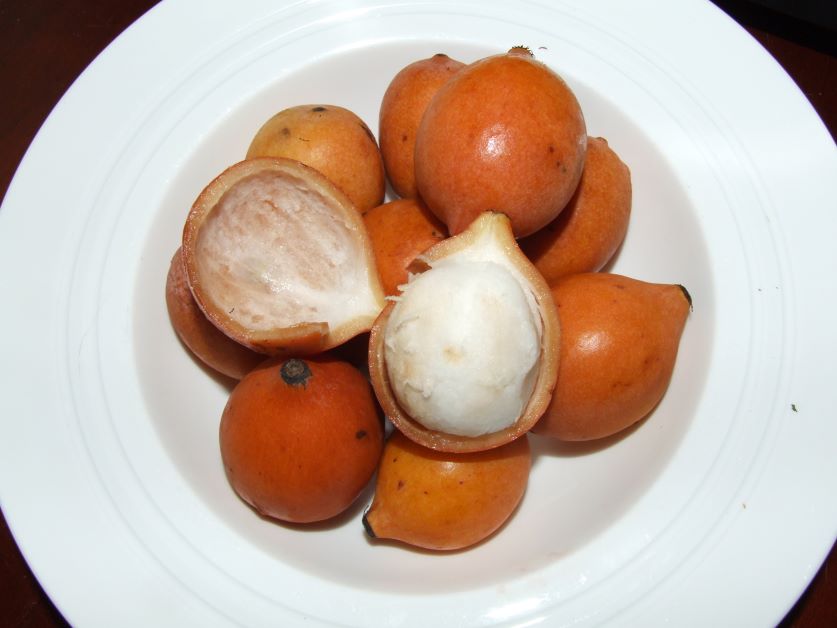
Tons of people online say that achacha is the best fruit they’ve ever tasted. It’s sweet, citrusy, and tangy. It’s reminiscent of mangosteen (since they’re related), and some people say that achacha tastes like lemonade. Traditionally, Central Bolivians use the rind to make a lemonade-style achacha drink.
How to Plant an Achacha Tree
You can plant achacha by seed or as a live tree. Because it takes so long for achacha to go from seed to harvest, I recommend buying a live achacha plant but if you’re up for the challenge, follow the directions below to start your achacha from seed.
How to Grow an Achacha Tree from Seed:
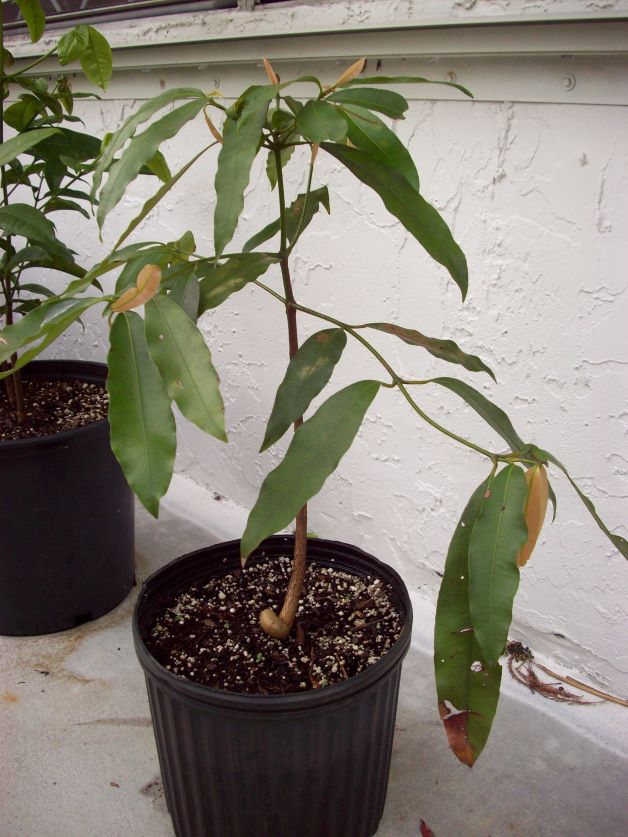
- Fill 1-gallon starter pots with high-quality potting mix.
- Plant one achacha seed per pot about ½ deep. Plant more seeds than you think you need because not all will germinate.
- Keep your pots in a spot that gets part shade and is consistently 75F. Too much sun will cause your plant to get sunburned. A carport or a lanai is a good place to grow your achacha seedlings.
- Your seeds should germinate in about 30 days.
- Keep the soil moist but not soggy.
- When your achacha sapling gets to be 1.5 feet tall (not including the size of the container) it’s ready to be transplanted into the ground. This can take more than a year.
- Before transplanting, take 2 weeks to harden off your sapling. Gradually introduce it to more and more sunlight every day, keeping a close eye on it for sunburn. If the leaves start to turn yellow or drop, then you may be giving it too much sunlight too soon.
- While you’re hardening off your sapling, prepare your planting site by amending the soil with oak leaf compost. Do this at least 2 weeks before transplanting.
- When you’re ready to transplant, dig a hole about a foot deep and plant your seedling. Backfill the hole with the soil you removed.
- Once your sapling is planted, soak it at the base and mulch it in.
Achacha Fruit Tree Growing Conditions
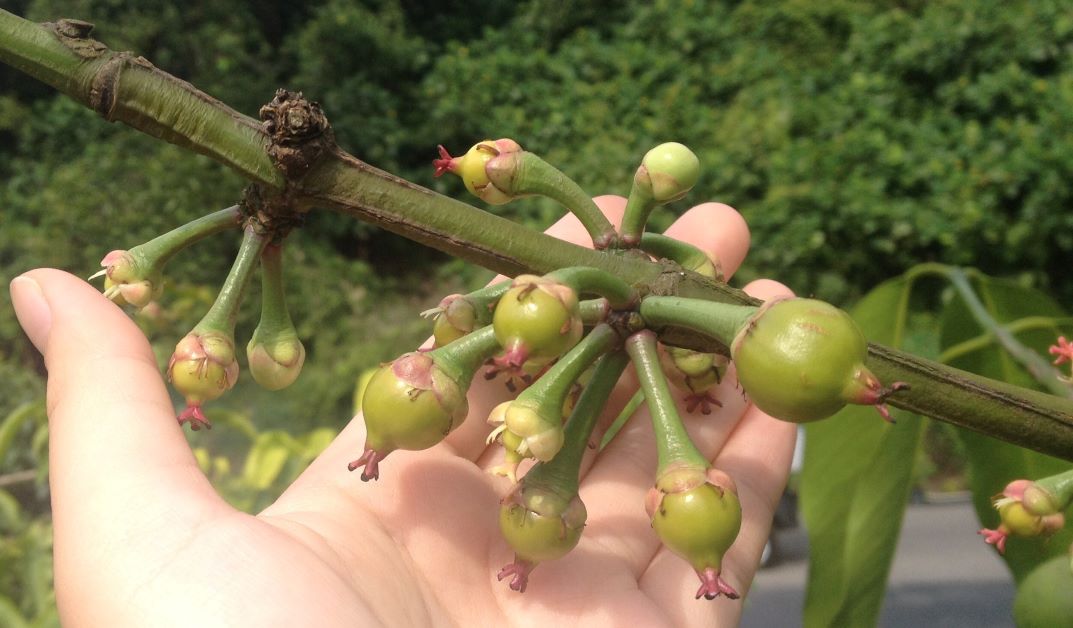
Light
Achacha does best in full to part sun. Younger trees may experience sunburn and drop leaves if grown in an extremely hot and dry climate in full sun.
Temperature
The USDA hardiness zone for achacha is 9 through 11. Although a mature tree can handle occasional temperatures as low as 30F, they will suffer and a prolonged hard frost will certainly kill it. The ideal temperature range for achacha is 77F to 87F.
Water
Achacha is fairly drought-tolerant once established. For the first month and a half after planting, soak the soil around your achacha tree every 3 days. After that, you can water it once or twice a week. If it’s especially hot and dry, though, you should increase your watering to 2 or 3 times a week. Just keep an eye on your tree and if it looks like it’s suffering and very dry, give it some water.
Soil
Achacha isn’t too particular about the type of soil it’s grown in granted that the soil is well-draining. It also prefers a neutral soil pH.
Fertilizer
Using a granular organic fruit tree fertilizer, feed your tree once in early spring and once right when it begins to produce flowers.
Mulching
Spread a 2 to 3-inch layer of mulch in a ring around your tree to lock in soil moisture and choke out weeds. Just be sure to leave 2 inches of space between your mulch and the trunk of your tree to avoid waterlogging.
Pruning
After the harvest season, prune off excess foliage to improve airflow between the leaves. Don’t prune your tree when it’s flowering or fruiting because this will lower your yield.
Harvesting
Achacha flowering season is in spring and harvest season is mid to late summer. Achacha fruit doesn’t ripen after they’re picked. The fruit is ready for harvest when they’re a deep orange color. They’ll also be very fragrant.
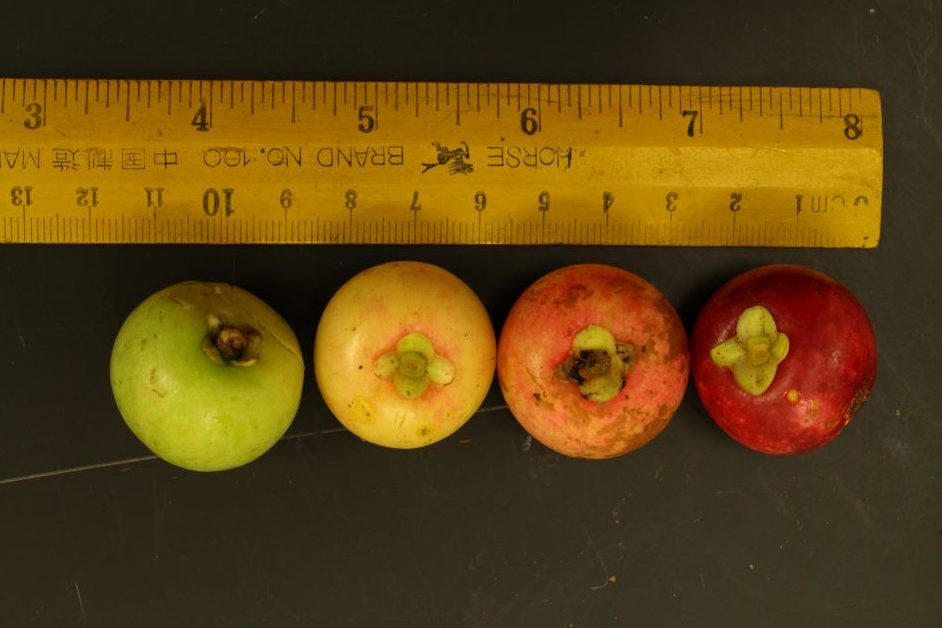
How to Store Achacha Fruit
Don’t put achacha in the refrigerator because they will turn brown and get wrinkly. Achacha fruit can store for up to 2 weeks at room temperature on your countertop. They also prefer a humid environment.
Can You Grow Achacha in a Container?
Yes, achacha makes an awesome patio fruit tree for gardeners living in USDA zones 4 through 11. When it gets cold, just bring your tree inside for protection. An achacha tree growing in pot will usually max out at about 5 feet tall.
The best size container for growing a fruit tree is 10 to 15 gallons. You may want to invest in a plant caddy to make it easier to move the pot indoors when needed. Fill your container with a well-draining medium such as pre-mixed potting soil.
A couple of other things to consider when growing achacha in a container are its water and fertilizer needs. It’s easier to both overwater and underwater a container grown fruit tree. Always let your tree dry out completely in between watering but don’t let your tree stay too dry for too long, either. Stick your finger into your soil and if it’s dry to the second knuckle, it’s time to water.
Patio fruit trees also need more fertilizer since they don’t have as much soil to draw nutrients from. Although I usually prefer granular or liquid fertilizer but when growing fruit trees in pots, I prefer an organic, slow-release citrus fertilizer spike. Spikes are usually not very cost-effective if you’re growing in the ground but they do great when used in a contained system (like a pot).
Troubleshooting
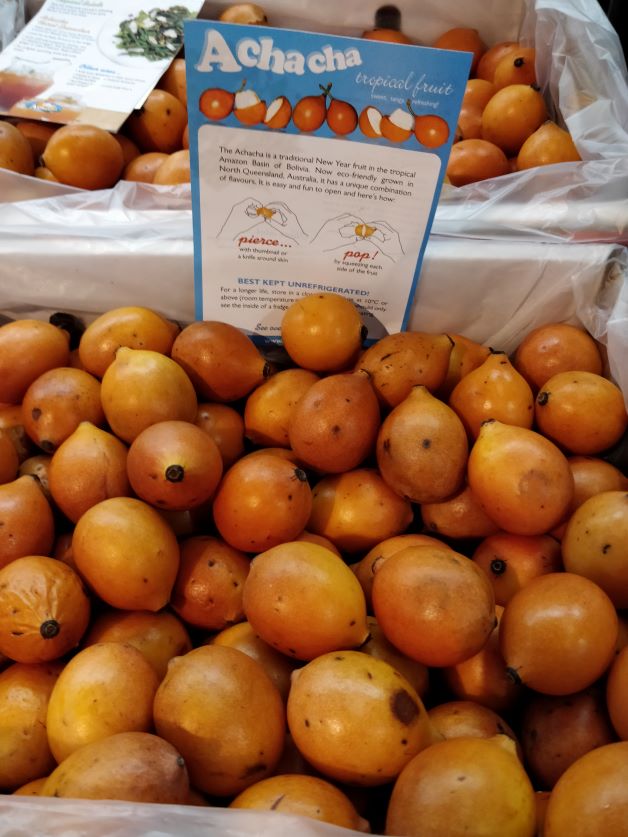
Achacha Tree Pests
Fruit Flies
Like most fruit trees, achacha can be plagued by fruit flies. The easiest way to deal with fruit flies is to keep your garden tidy. Harvest your fruit regularly and discard overripe fruit that drops to the ground.
Achacha Tree Disease
Powdery Mildew
Generally speaking, achacha doesn’t have issues with diseases but like most tropicals, you may encounter powdery mildew. When it comes to powdery mildew, an ounce of prevention is better than a pound of cure.
Some ways to reduce powdery mildew are to:
- Water your tree at the base instead of on the leaves. Using a water wand or drip irrigation will help.
- Water your tree in the morning instead of at night. Watering your tree in the morning will give it time to dry out during the afternoon and will also help cut down on slugs.
- Make sure your achacha gets enough sun. Not only will your tree produce more fruit the more sun it gets, but sunlight will help keep your foliage dry.
- Prune off excess foliage.
- Give your tree enough space. Don’t crowd your plants because this will impede airflow.
- Apply a treatment of organic copper fungicide a few times during the spring. Do know, though, that while copper fungicide can help prevent powdery mildew, it doesn’t do much to treat the disease once your tree contracts it.
Featured image photo credit: guilherme jofili

